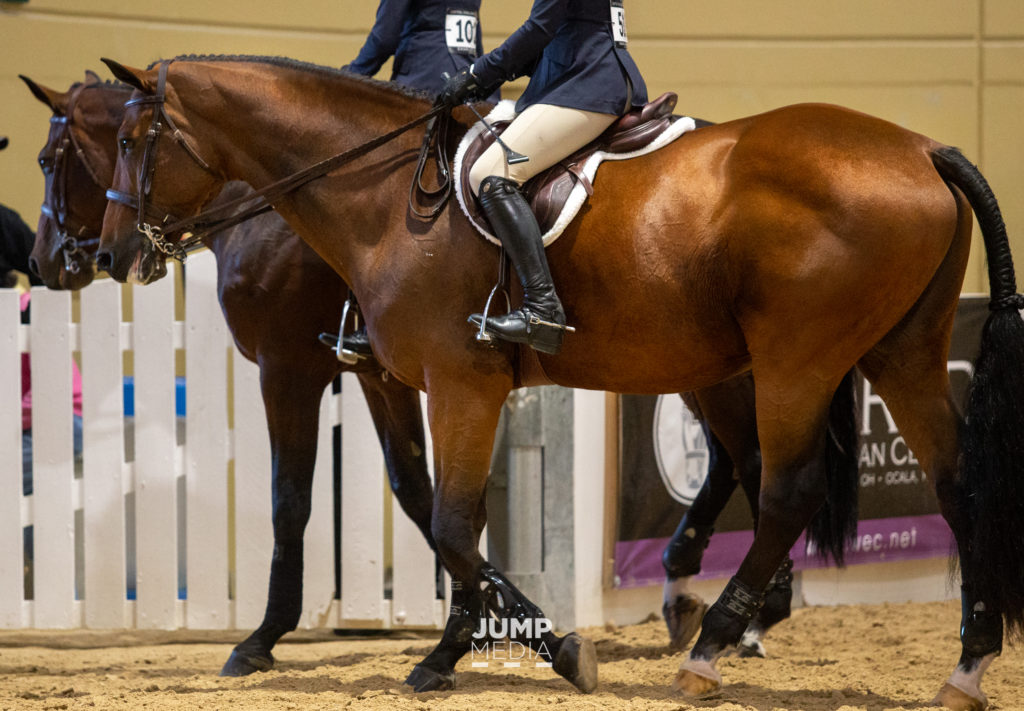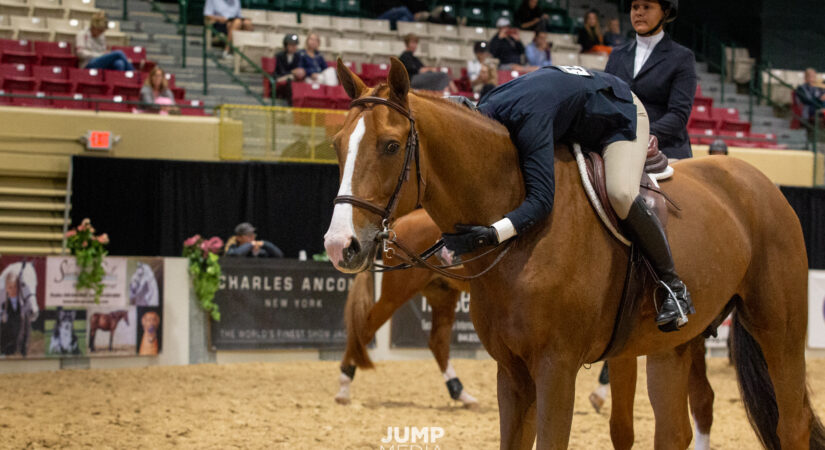By Armand Leone, Jr. and Jessica E. Choper
September marks the beginning of “indoors” season and signals the start of major equitation finals. From September through early November, it’s become commonplace for riders to consider leasing a more suitable—or perhaps more seasoned—mount for these championship classes. In addition to the stiff competition, the jumping courses require precision down to every last stride and the indoor settings present a unique set of challenges for the horses and riders. With this in mind, riders may feel more confident on a horse that has “been there and done that.” While great in theory, leasing a horse can also have drawbacks, both for the person leasing out the horse (the “lessor”), and the person leasing the horse or (the “lessee”), so being prepared and understanding the arrangement before the lease commences is of the utmost importance.

We’ve all heard horror stories about owners getting a horse back from a lease to find that the horse is unsound or has developed bad habits. At the same time, lessees can find themselves in a predicament if the horse is injured during the lease or turns out to be “not as advertised.”
On the flip side, there are many benefits to leasing. For horse owners, it means you’re able to retain ownership of your horse while allowing him to continue to do a job that he loves. There’s also an added bonus of potentially earning extra income from the horse, or covering the cost of ownership, without selling him. However, the benefits must be balanced against potential pitfalls.
For lessees, having a horse for a limited amount of time can be ideal for individuals who have a particular goal in mind, such as an equitation final, or can only commit to riding or using the horse for a certain period. Similarly, some leases include the option to purchase the horse during the course or at the end of the lease period. This can be a huge benefit for a rider that wants to ensure that the horse will be a good fit before they make a purchase, and probably a long-term commitment.
However, because the lease of a horse involves the temporary transfer of control and use of a horse, commonly in exchange for a lease fee plus all maintenance costs, there will always be a level of risk associated with the leasing out or leasing of a horse. The majority of what a lessor and lessee can do to protect both themselves and the horse relates to having a detailed lease contract signed prior to the start of the lease.
The lessor and lessee should consider including the following elements in a lease contract, and come to an agreement on the details, before signing on the dotted line.
The trainer: The most important factors in deciding whether to lease out your horse is the stable the horse is going to and the trainer who will be responsible for managing the horse’s training and showing program. It is important to learn the qualifications and reputation of the trainer who will be in charge. Specify in the lease which trainer will be responsible for the horse and that a change in trainer can only occur with prior written approval.
Restrictions on use: This is your opportunity to put into writing anything that you may not want the horse to be used for or that exceeds its abilities and puts it at greater risk for injury. For instance, if the horse is only to be used in one designated equitation final, include that information. You may also want to limit the number of schooling classes prior the horse may compete in prior to the final event, as well as limit the list of people approved to ride your horse. Think of anything that you may not be comfortable with and include mention of it in the lease.
Quality of care: The lease contract also provides the lessee with the opportunity to spell out the standard of care that the horse is expected to receive. The contract can elaborate on specifics such as ‘the horse should always be ridden in boots,’ ‘the horse should wear a sheet or blanket any time temperatures reach below 50 degrees Fahrenheit,’ ‘the horse cannot be lunged,’ and so on. Again, this is a golden opportunity to put into writing anything that would be pertinent and helpful in ensuring quality care of the animal throughout the lease term.
In case of injury: Any good lease contract should include information on what happens if death, injury, or illness occur. While we hate to think of it, these situations do arise, and all parties will want to be prepared if they do. In the case of lameness, who is responsible for the vet bills? If there is a known health pre-condition that may be a cause of future lameness (for example, navicular in the right front that hasn’t caused a problem yet), that can be incorporated into the lease as a reason to terminate the lease and return the horse. Will the lessee have the option to return the horse and terminate the lease early if the horse becomes unsound for other reasons? In the tragic but possible case of death, what is the responsibility of the lessee (see insurance requirement below)? There is a lot to consider in these situations, and it should be well articulated in the contract and discussed thoroughly with all involved parties before the lease is signed.
Insurance: In that same vein, insurance requirements must be included in the lease contract, no matter how short the lease period. If the horse is insured prior to the lease, the contract could state that the lessee must continue to pay for the horse’s insurance coverage. If the horse is not insured, the contract must require the purchase of mortality and/or major medical insurance for the duration of the lease. Without major medical and an agreed-upon mortality payoff, both parties can be left with an unsound horse or a horse that has passed away, along with unpaid veterinarian bills.
Leasing is an important part of equestrian sport. Young riders outgrow horses both physically and performance-wise, older riders may not be in a position to take on the permanent responsibility of owning a horse, and temporary or one-week leases are very popular. The good and the bad of leasing is that you give the horse back at the end. When all goes well, it is a win-win for both parties.
A version of this article originally ran online on December 15, 2020, on Practical Horseman.

